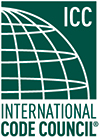| CODE UPDATE | Significant Changes to the 2015 International Residential Code |
|
| (The information below is excerpted from the Significant Changes to the 2012 International Codes series.) |
|
The 2015 International Residential Code (IRC) requires sunrooms to comply with AAMA/NPEA/NSA 2100-12. The standard contains requirements for habitable and non-habitable sunrooms. The 2012 IRC defined a sunroom as "A one-story structure attached to a dwelling with a glazing area in excess of 40 percent of the gross area of the structure's exterior walls and roof." These structures were typically constructed in one of two manners: 1) Using typical wood framing techniques or 2) Using a stick system that consists of prefabricated framing of aluminum, fiberglass, wood or other materials, with glass or opaque wall or roof panels, and steel or aluminum connections. Using the 2012 IRC, the first technique was done in accordance with the provisions of the IRC for wood framed construction. There were no provisions for the second method of constructing a sunroom other than by engineering analysis or demonstrating equivalence to the current provisions of the IRC.
By adding reference to the provisions of AAMA/NPEA/NSA 2100-12 Specifications for Sunrooms to the IRC, prescriptive construction is easier. Sunrooms designed and constructed in accordance with AAMA/NPEA/NSA 2100 are required within the standard to meet the structural provisions of the IRC or IBC. In addition, the standard establishes specific requirements for these structures based upon their designated category.
Continue reading more on this update to the 2015 IRC Significant Changes. |
|
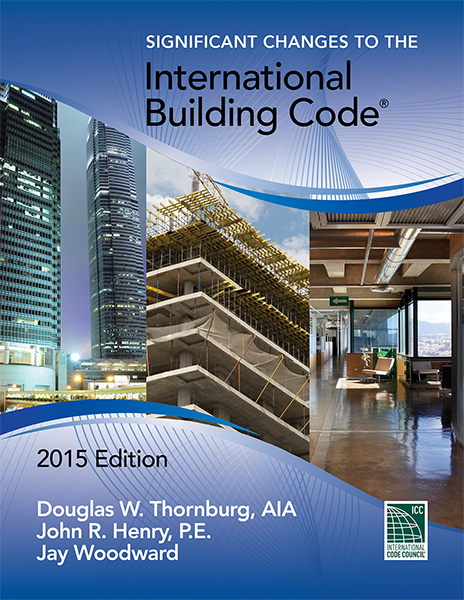 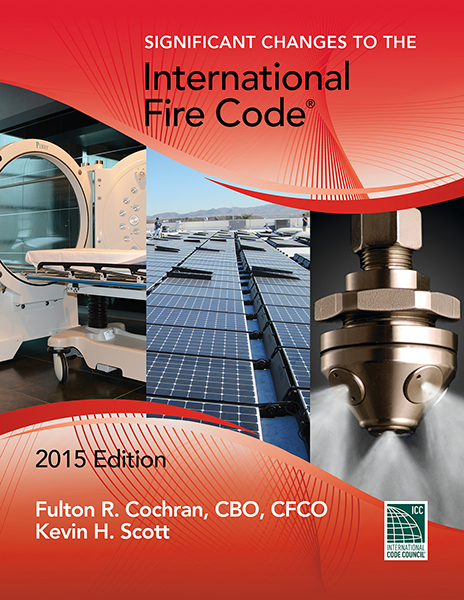 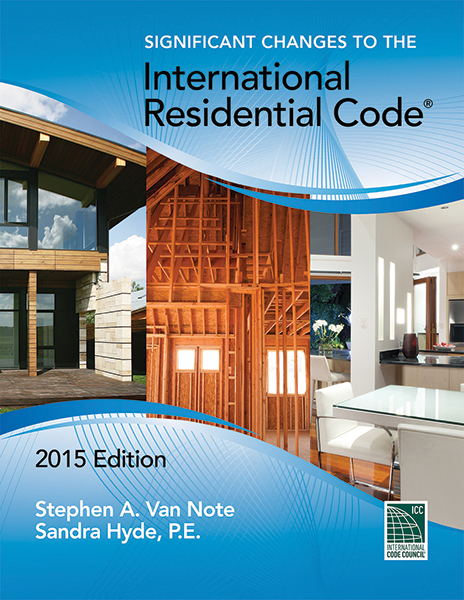  |
The Significant Changes to the 2015 International Codes series has been developed by the International Code Council and published by Cengage Learning to assist code officials, architects, engineers and other construction professionals transitioning from the 2012 to the 2015 editions of the International Codes. The series offers a comprehensive yet practical analysis of hundreds of the most critical changes from a very active code development cycle. Each color publication contains: revised code text; a summary of each change listed; in-depth change analysis; and a detailed photo, illustration or table for each change to deepen understanding. Coverage reflects provisions with special significance, including new and innovative design ideas and technologies, modern materials and methods of construction, and current approaches to safety and stability. Authored by ICC code experts, these useful tools are "must-have" guides to the many important changes in the 2015 International Codes. |
| Back to top |
 |
| CODE HANDBOOK | 2012 International Building Code Handbook |
|
| (The information below is excerpted from the 2012 International Building Code Handbook.) |
|
A fire-resistant joint system is defined as an assemblage of specific materials or products that are designed, tested, and fire-resistance rated in accordance with either ASTM E 1966 or UL 2079 to resist, for a prescribed period of time, the passage of fire through joints made in or between fire-resistance-rated assemblies.
Continue reading more on this excerpt from the 2012 International Building Code Handbook. |
|
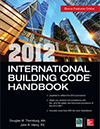 |
The 2012 International Building Code Handbook is a comprehensive, full-color guide to the entire 2012 International Building Code (IBC). Authored by ICC code experts and published by McGraw-Hill to assist code officials, architects and engineers in understanding the code, this publication covers both structural and fire- and life-safety provisions. This time-saving resource makes it easy to understand and apply complex IBC requirements and achieve compliance. |
